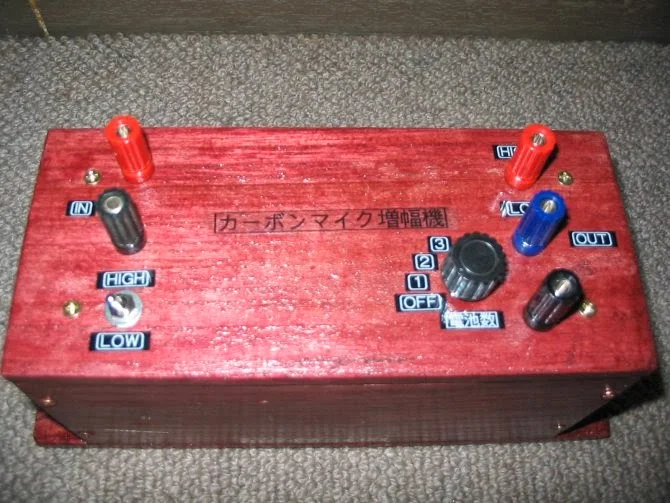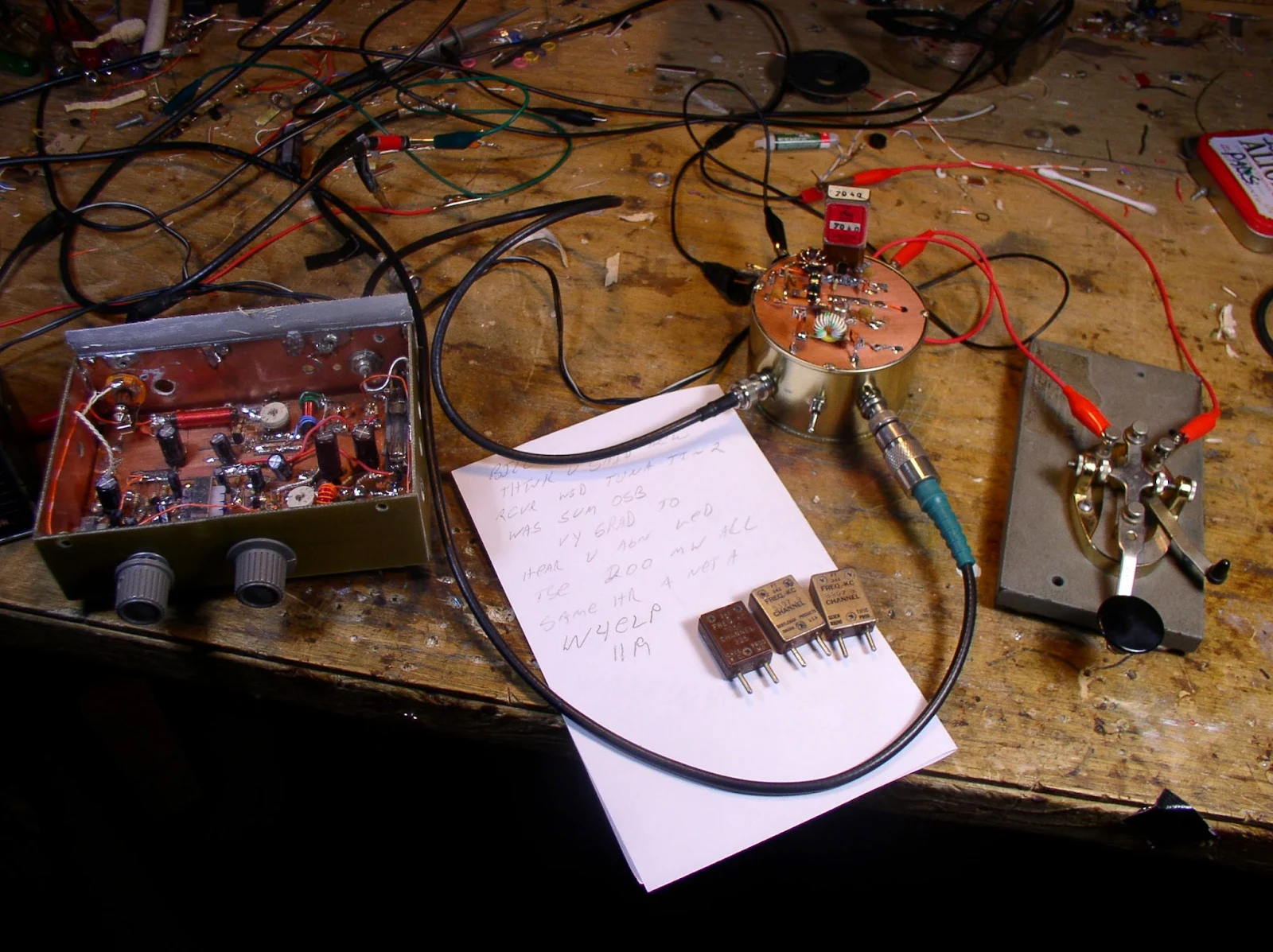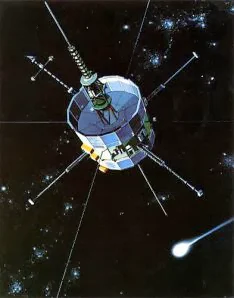Tyson Tuna Tin Two
An important message From Rex,
Transcendental Titan of the Tuna Tin Twos:
--------------------
Fans of the Ancient Sacred Relic,
If you have a little QRP rebel in you, like me, and are a fan of Ancient Sacred Relic, i.e. The Original Tuna Tin 2 transmitter, and all things housed in round metal containers usually designed for fish products and pineapple, and maybe cats if VERY thoroughly cleaned, then you might want to bring your Tuna Tin 2 rig to FDIM!
Around midnight, after the scrum leaves the FDIM Club night gathering, there will be a Tuna Tin 2 Midnight MOJO ceremony! THE one and only ORIGINAL Tuna Tin 2 transmitter will be on hand for this solemn occasion where major QRP MOJO is transferred from the Ancient Sacred Relic into the tuna can inductees in attendance. Admission is free but you MUST bring a MOJOee tuna can housed rig for entrance to the ritual.
NO rectangular or mint tin equipment will be admitted!! NO unaccompanied minors OR adults OR adults who act like minors will be admitted.
TT2 QRP MOJO will be transferred....FUN will be had.....PRIZES will be raffled off!
If you think you might like to be there for the Tuna Tin 2 Midnight MOJO ceremony remember to pack a tuna can or reasonable facimile (307 (3 + 07/16" diameter) industry standard 2 piece or 3 piece can) housed TT2 style rig in your travel bag!!
REMEMBER: NO rectangular or mint tin equipment will be admitted!! You must have a TT2 inspired rig in you personal possession to gain
admittance! NO exceptions!!
Respectfully submitted,
Rex W1REX The TUNA Tinman!
--------------------
If you have a little QRP rebel in you, like me, and are a fan of Ancient Sacred Relic, i.e. The Original Tuna Tin 2 transmitter, and all things housed in round metal containers usually designed for fish products and pineapple, and maybe cats if VERY thoroughly cleaned, then you might want to bring your Tuna Tin 2 rig to FDIM!
Around midnight, after the scrum leaves the FDIM Club night gathering, there will be a Tuna Tin 2 Midnight MOJO ceremony! THE one and only ORIGINAL Tuna Tin 2 transmitter will be on hand for this solemn occasion where major QRP MOJO is transferred from the Ancient Sacred Relic into the tuna can inductees in attendance. Admission is free but you MUST bring a MOJOee tuna can housed rig for entrance to the ritual.
NO rectangular or mint tin equipment will be admitted!! NO unaccompanied minors OR adults OR adults who act like minors will be admitted.
TT2 QRP MOJO will be transferred....FUN will be had.....PRIZES will be raffled off!
If you think you might like to be there for the Tuna Tin 2 Midnight MOJO ceremony remember to pack a tuna can or reasonable facimile (307 (3 + 07/16" diameter) industry standard 2 piece or 3 piece can) housed TT2 style rig in your travel bag!!
REMEMBER: NO rectangular or mint tin equipment will be admitted!! You must have a TT2 inspired rig in you personal possession to gain
admittance! NO exceptions!!
Respectfully submitted,
Rex W1REX The TUNA Tinman!
--------------------
I will not be at Dayton, but I might be able to lend my TT2 (seen above with Tyson) should some worthy radio amateur wish to participate in the midnight ritual. Time is short, so if you are interested, send me an e-mail explaining why you are worthy.









































































